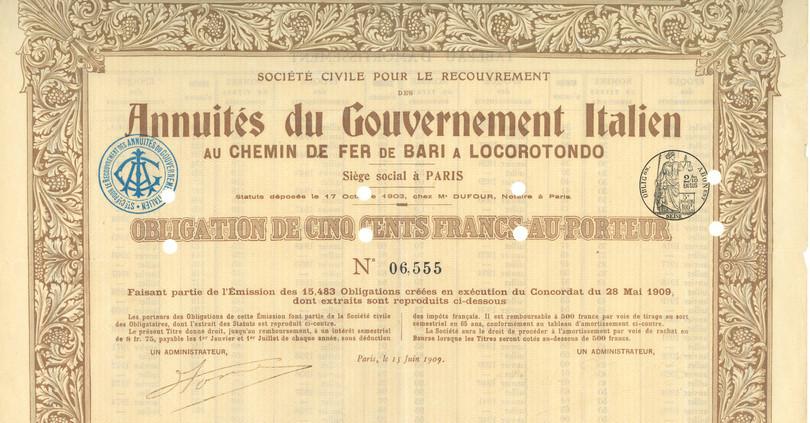Insight Public debt: threat or opportunity?
This CORE Insight is an introduction to the historical origins and economic analysis of public debt. It helps students to understand the connections between debt and deficits, analyze debt sustainability, and consider the economic and political challenges of public debt management.
Authors
Authored by Barry Eichengreen (University of California, Berkeley) and Ugo Panizza (Geneva Graduate Institute, Switzerland).
28 April 2022
Concepts
Concepts in this Insight are related to material in:
- Unit 9 of The Economy 2.0: Microeconomics.
- Unit 5 of The Economy 2.0: Macroeconomics.
- Unit 10 and Unit 14 of The Economy 1.0.
- Unit 9 of Economy, Society, and Public Policy.
Recommended reading before starting this Insight:
- Section 14.8 of The Economy 1.0 for an overview of the government’s finances.
Highlights
- For hundreds of years, governments have issued debt to finance their expenditure as a substitute for raising taxes, especially during challenging times.
- Public debt in the U.S. has been increasing over the past four decades. Political polarization of parties has been offered as a potential explanation.
- We can understand the dynamics of debt by looking at four variables: primary deficit, real interest rate, growth rate, and the stock of debt in the previous period.
- Public debt can be repaid by running a primary surplus, or by promoting economic growth. However, in some circumstances, governments also have an incentive to use inflation to reduce debt.
- State sovereignty limits the extent to which governments can be sued if they default on their debt, especially internationally.
- Default may have negative consequences in terms of reputation and access to debt on favorable terms in the future.
- Statutes and non-partisan institutions known as autonomous fiscal councils have been implemented in many countries to keep the government accountable for its use of debt.


